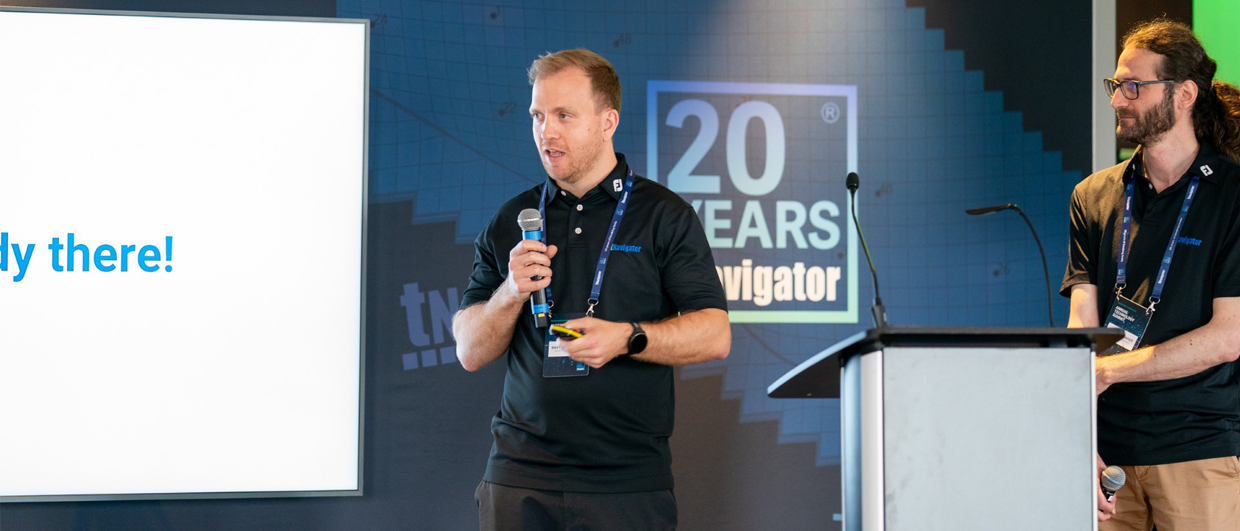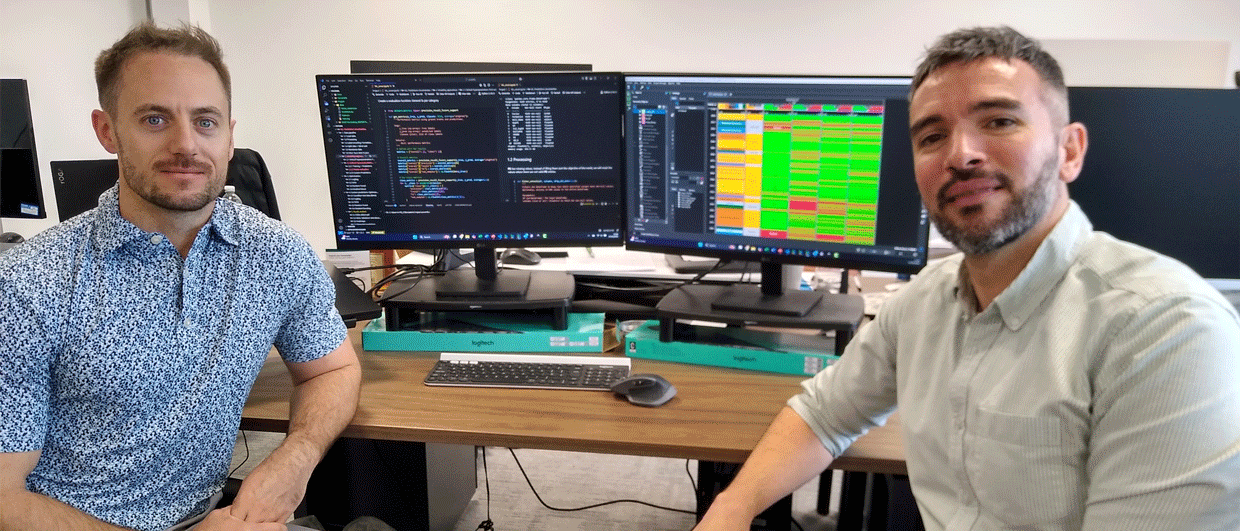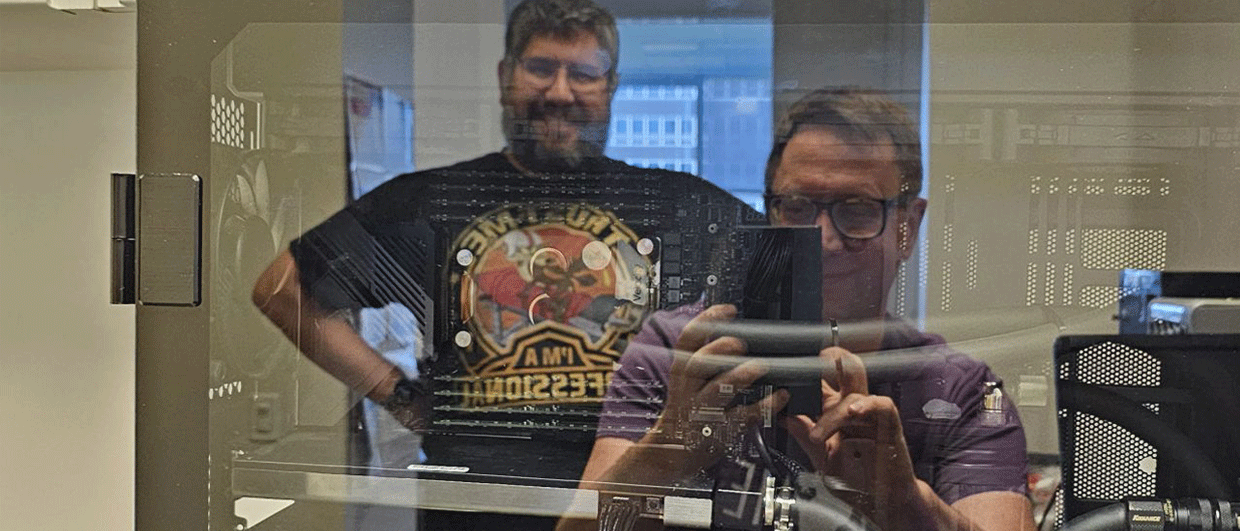As our 30-minute conversation took place on a Tuesday morning in early September, three emails arrived in Bastian’s inbox. Three separate and unrelated enquiries from customers in Switzerland, Germany, and the UK. “The way we deal with these questions determines how we as a company perform, says Bastian, Lead Engineer at Rock Flow Dynamics. At the end of the day, it is people operating our software, and we cannot expect them to be experts to such an extent that they don’t need any help at all.”
“After all, the word ‘service’ must stand for something,” Bastian notes with a smile. He pauses, then adds: “It’s the personal support that defines us. But joking aside, in today’s fast-paced environment where AI drives the agenda of press releases, with every release promising better and faster output, it is tempting to think that soon anyone will be able to report a company’s petroleum reserves without any personal assistance. In addition, with an increasing volume of code available for free via platforms such as GitHub, you might argue that there is no business case anymore for those companies that sell software licences and employ dedicated support staff.”
“In my experience, that’s not the case, and it is that human factor that is key,” says Bastian. “At the end of the day, the human factor is often missing when you download from GitHub. Researchers move on, bugs don’t get fixed, and support is intermittent if it exists at all. It is easily forgotten that a simple personal email, a video call or even a coffee is often the essential ingredient to move things forward,” says Bastian.
Bastian knows how it is to produce tools that so many researchers produce these days. “I spent a significant part of my PhD connecting different software packages such that I could run a workflow with the click of one button. However, it came with a significant time investment to make things work properly, and all the while, I realised that as soon as one of the software packages I had linked in my workflow would undergo an update, my codes would need fixing.”
This is where tNavigator makes the difference. “In my daily working environment, I have a platform that brings together all the elements of reservoir model creation and simulation, taking away the need to build an API to link different modules,” explains Bastian.
And when integration with existing tools is required, flexibility is built in. With our API, customers can connect their tools seamlessly, without the effort of building new links from scratch. This flexibility is essential. And then we come back to the human touch: “It is the way you facilitate integration that creates the credibility and ultimately the drive to want to work with you,” Bastian concludes.




